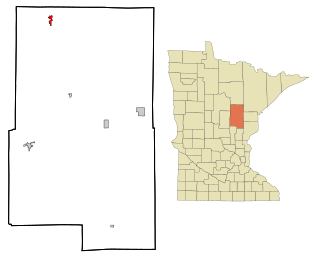
Hill City is a city in Aitkin County, Minnesota, United States. The population was 613 at the 2020 census. Hill City is located along U.S. Highway 169 and Minnesota State Highway 200.

Lino Lakes is a city in Anoka County, Minnesota, United States. The population was 21,399 at the 2020 census. Interstates 35W and 35E are two of Lino Lakes's main routes. It is an outer suburb north of the Twin Cities.

Lake Park is a city in Becker County, Minnesota, United States. The population was 728 at the 2020 census.
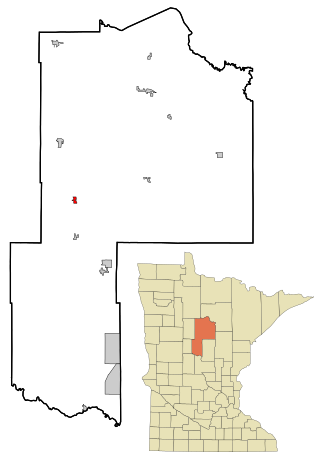
Hackensack is a city in Cass County, Minnesota, United States. The population was 294 at the 2020 census. It is part of the Brainerd Micropolitan Statistical Area.

Jenkins is a city in Crow Wing County, Minnesota, United States. The population was 430 at the 2010 census. It is part of the Brainerd Micropolitan Statistical Area.
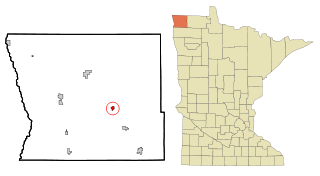
Lake Bronson is a city in Kittson County, Minnesota, United States. The population was 178 at the 2020 census. Lake Bronson State Park is nearby.

Waterville is a town in Le Sueur County, Minnesota, United States. The population was 1,868 at the 2010 census. It is close to Sakatah Lake State Park on the Cannon River.
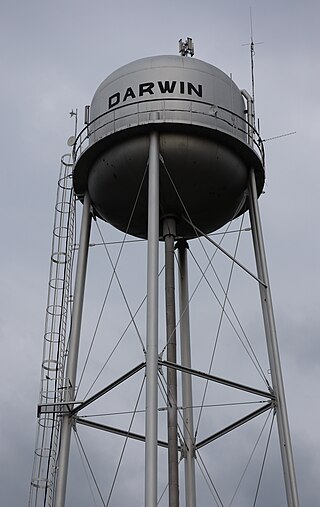
Darwin is a city in Meeker County, Minnesota, United States. The population was 348 at the 2020 census.

Lastrup is a city in Morrison County, Minnesota, United States. The population was 120 at the 2020 census.

Clitherall is a city in Otter Tail County, Minnesota, United States. The population was 62 at the 2020 census.

Underwood is a city in Otter Tail County, Minnesota, United States. The population was 356 at the 2020 census.
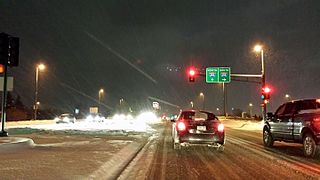
Vadnais Heights is a city in Ramsey County, Minnesota, United States. The population was 12,912 at the 2020 census.

Clear Lake is a city in Sherburne County, Minnesota, United States. The population was 641 at the 2020 census.

Hoyt Lakes is a city in Saint Louis County, Minnesota. The population was 2,020 at the time of the 2020 census.

Lake Henry is a city in Stearns County, Minnesota, United States. The population was 103 at the 2010 census. It is part of the St. Cloud Metropolitan Statistical Area.

Crystal Lake Park is a Missouri Class 4 city in St. Louis County, Missouri, United States. The population was 508 at the 2020 census.

Centerville is a city in Anoka County, Minnesota, United States. The population was 3,896 at the 2020 census.

Spring Lake Park is a city in Anoka and Ramsey counties in the state of Minnesota. The population was 6,412 at the 2010 census. The city is located mainly within Anoka County. Minnesota State Highways 47 and 65 and County Highway 10 are three of the main routes in the city.

Ortonville is a city in and the county seat of Big Stone County in the U.S. state of Minnesota at the southern tip of Big Stone Lake, along the South Dakota border. The population was 2,021 at the 2020 census. Big Stone Lake State Park is nearby.
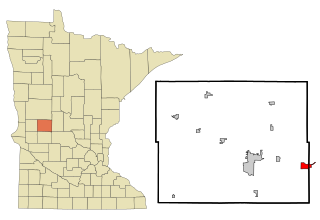
Osakis is a city in Douglas and Todd counties in the U.S. state of Minnesota. The population was 1,771 at the 2020 census.























